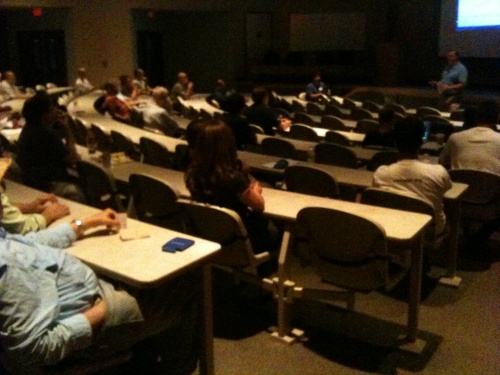
My jumbled take-aways from the JUG meeting:
The meeting started with Jeff Hennigan from Kforce answering questions about the local job market.
Employers are looking for Spring, Struts and Hibernate framework experience.
Knowing syntax is still important for interviews
Technical tests are common
Experience is better than certifications
Good degrees like physics and EE from top 25 schools still matter
More database experience the better.
Cloud computing is taking off
Few android or iPhone jobs being requested
Enterprise skills in high demand
Upper 80Ks to 90Ks good salary for senior java developers
When asked who was looking for a job only 4 people out of 45 raised their hands.
Peter Donton, who has won the free pass to NFJS two years in a row, talked about his thoughts on two talks from the NFJS conference.
The first was Smart Java - systems using rules or Bayesian logic. Peter demoed a java library for using Bayesian logic, Classifier4j.
Neal Ford said programming java is like smithing in the 21st century. Once blacksmithing was a secure job, but with the rise of the industrial revolution, demand declined. In the same way we need to upgrade our skills for the next revolution. Can you say functional programming? Groovy?
Peter's second topic was Nosql databases.
He said you can pick any two: Consistency, availability, and partition tolerance
Instead of ACID, nosqler's are fond of the acronym BASE - Basically Available, Soft-state, Eventually consistent
Chris Aniszczyk talked about the latest in Eclipse technology. The items that struck me:
Dependency injection is big
Git really is better than svn
Eclipse is trying to get into the web development business
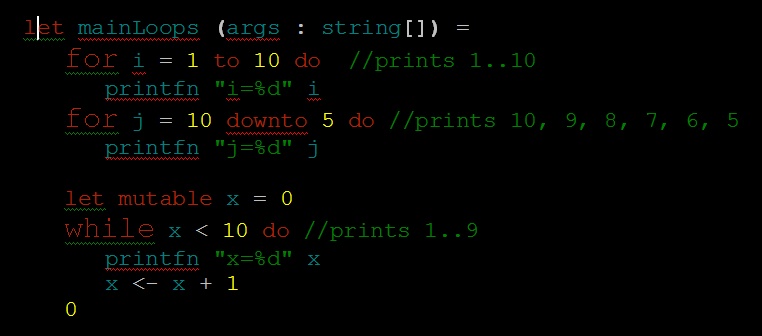
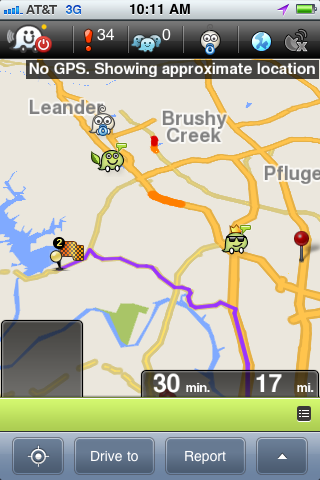

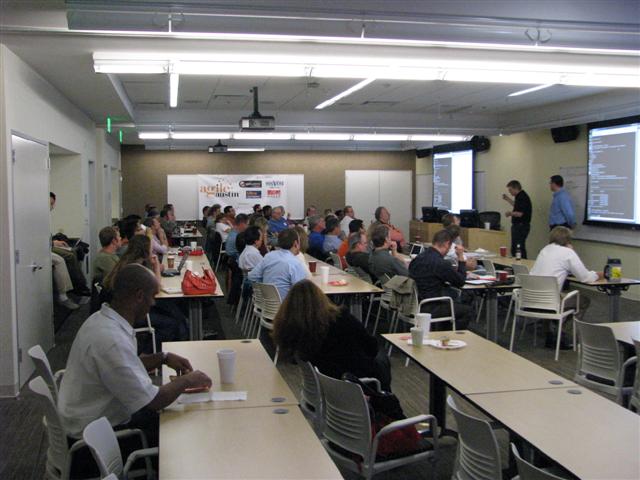
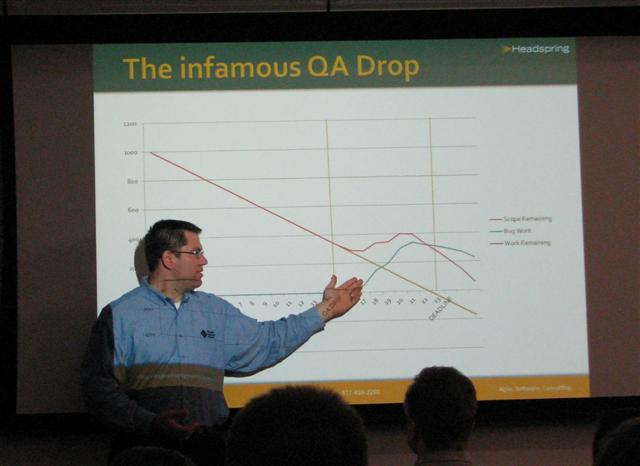
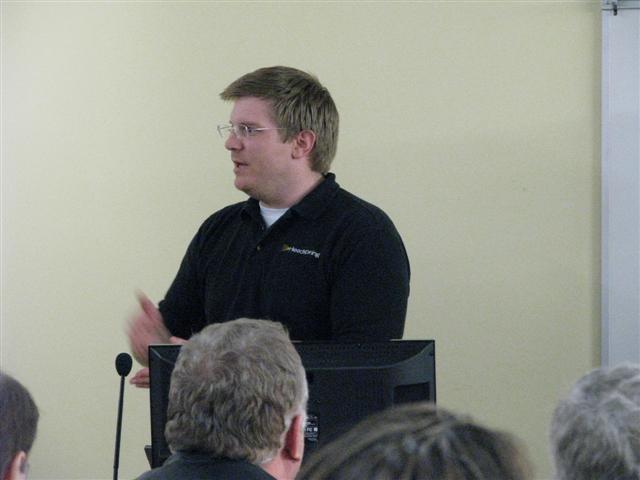
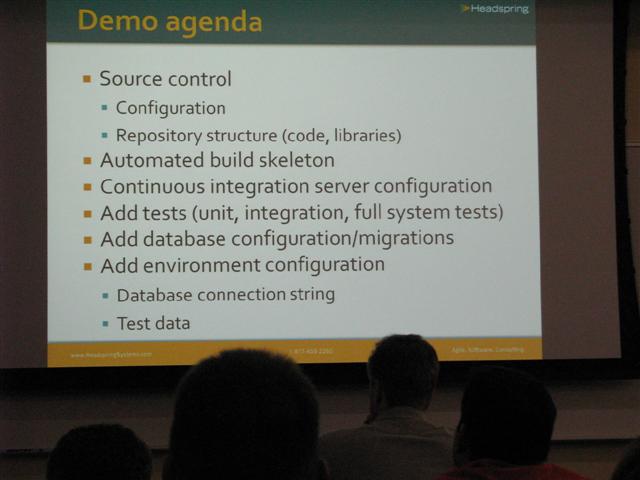


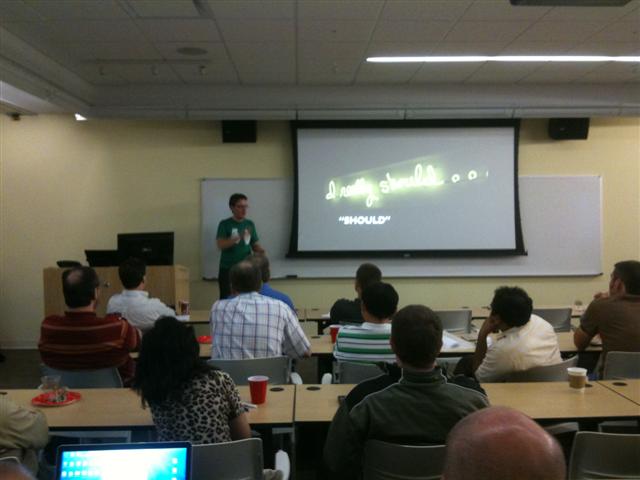
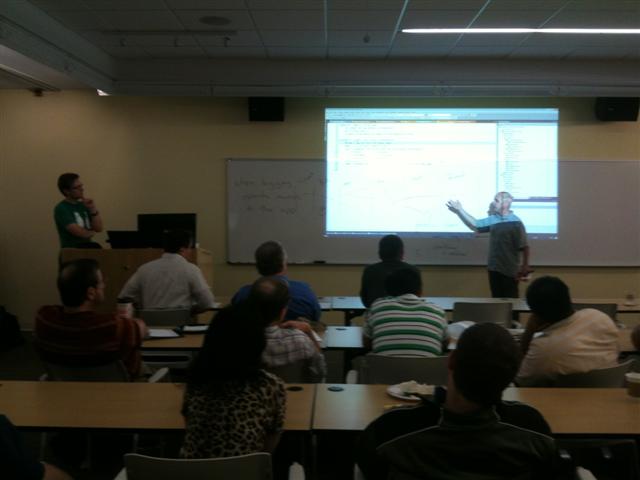
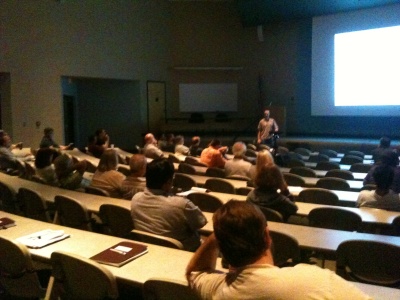


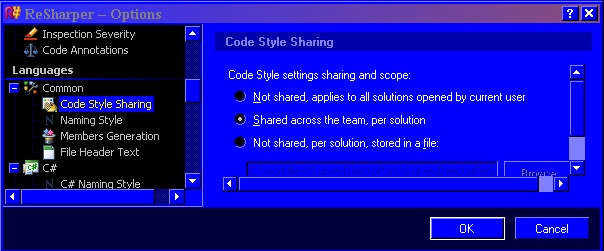
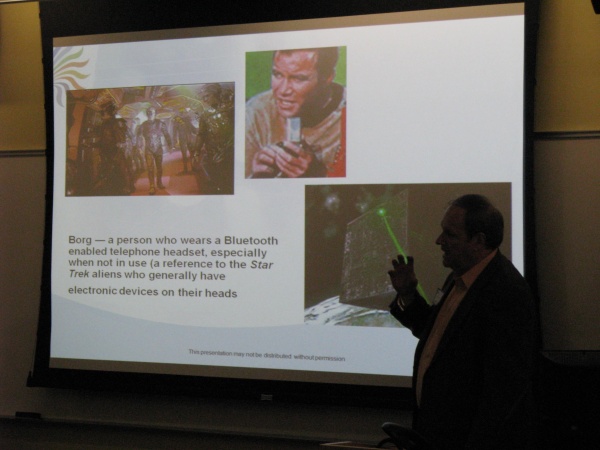
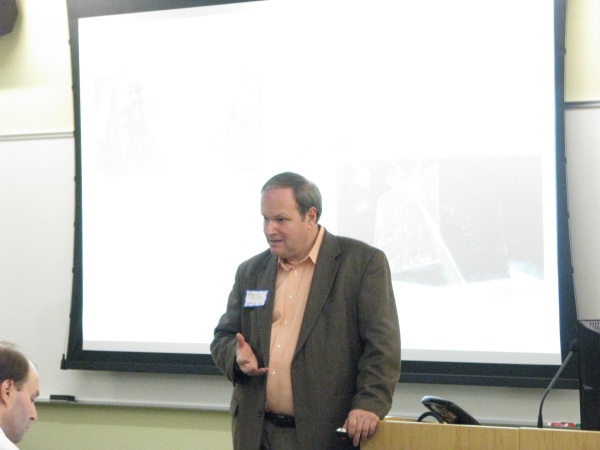










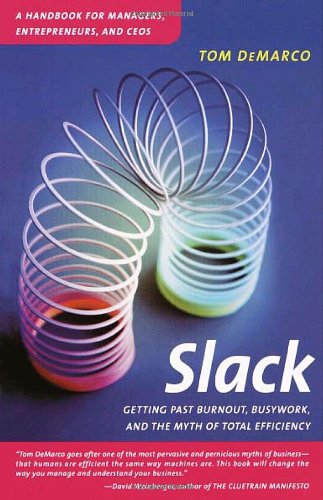



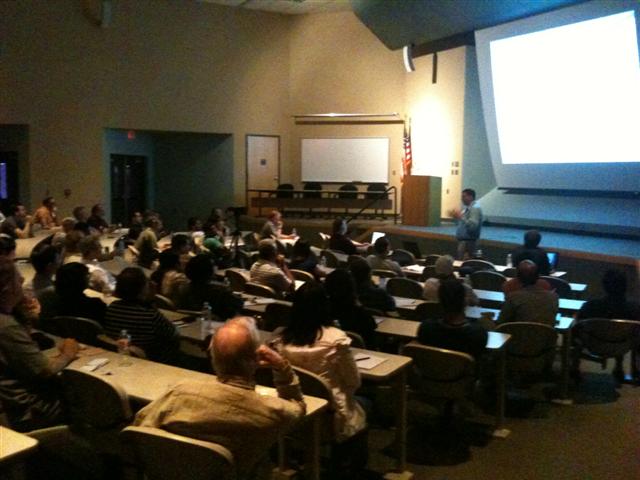





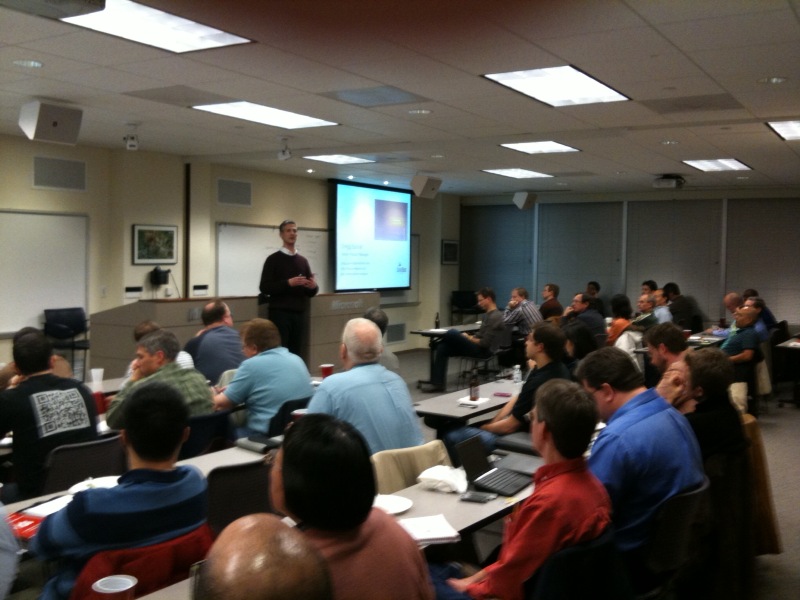 At last night's
At last night's